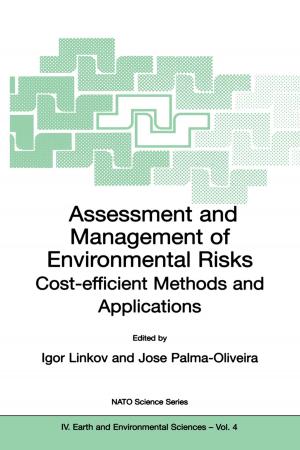Blood Filtration and Blood Cell Deformability
Summary of the proceedings of the third workshop held in London, 6 and 7 October 1983, under the auspices of the Royal Society of the Medicine and the Groupe de Travail sur la Filtration Erythrocitaire
Nonfiction, Health & Well Being, Medical, Specialties, Internal Medicine, Hematology| Author: | ISBN: | 9789400950085 | |
| Publisher: | Springer Netherlands | Publication: | December 6, 2012 |
| Imprint: | Springer | Language: | English |
| Author: | |
| ISBN: | 9789400950085 |
| Publisher: | Springer Netherlands |
| Publication: | December 6, 2012 |
| Imprint: | Springer |
| Language: | English |
H. J. Meiselman From the theoretical studies of Dr. Skalak, it is clear that white cells can significantly influence the pressure-time profile of a red cell/white cell suspen sion, and that the presence of even a small amount of relatively rigid white cells can have a profound effect on the filtration pressure during the latter portion of a filtration experiment. Conversely, white cell effects, regardless of their relative rigidity, are shown to have only minimal effects during the very early (i. e. , 0-2 seconds) phases of the filtration process. Dr. Chien's experimental data support these theoretical studies, in that white cells of different mechan ical properties exhibit different pressure-time curves; pressure-time data for mixtures of leucocytes show shapes which can be predicted from the behavior of relatively homogeneous cell populations. The insensitivity of the very early portions of the filtration process to white cells is again reflected in the calculations made by Dr. Hanss. Using the nominal dilutions, white cell concentrations and the total volume of filtered cell suspension, he indicates that usually less than 1 pore out of 100 is liable to blockage by white cells. He thus concludes that, at the 1% accuracy level, initial filtration data should not be affected by mechanical pore blockage by white cells. Experimental studies by Dr. Lowe and Dr. Stuart question the WBC insensitivity of the early portion of the filtration process. Using a constant flow system, Dr.
H. J. Meiselman From the theoretical studies of Dr. Skalak, it is clear that white cells can significantly influence the pressure-time profile of a red cell/white cell suspen sion, and that the presence of even a small amount of relatively rigid white cells can have a profound effect on the filtration pressure during the latter portion of a filtration experiment. Conversely, white cell effects, regardless of their relative rigidity, are shown to have only minimal effects during the very early (i. e. , 0-2 seconds) phases of the filtration process. Dr. Chien's experimental data support these theoretical studies, in that white cells of different mechan ical properties exhibit different pressure-time curves; pressure-time data for mixtures of leucocytes show shapes which can be predicted from the behavior of relatively homogeneous cell populations. The insensitivity of the very early portions of the filtration process to white cells is again reflected in the calculations made by Dr. Hanss. Using the nominal dilutions, white cell concentrations and the total volume of filtered cell suspension, he indicates that usually less than 1 pore out of 100 is liable to blockage by white cells. He thus concludes that, at the 1% accuracy level, initial filtration data should not be affected by mechanical pore blockage by white cells. Experimental studies by Dr. Lowe and Dr. Stuart question the WBC insensitivity of the early portion of the filtration process. Using a constant flow system, Dr.















